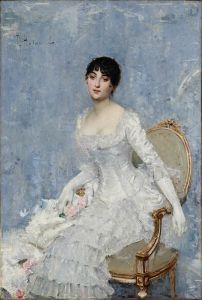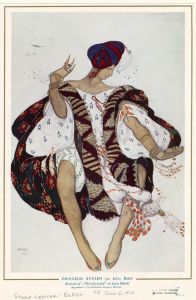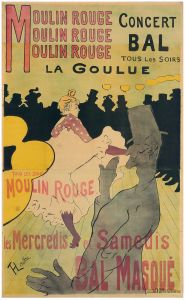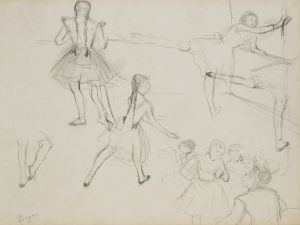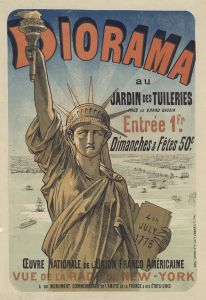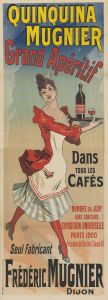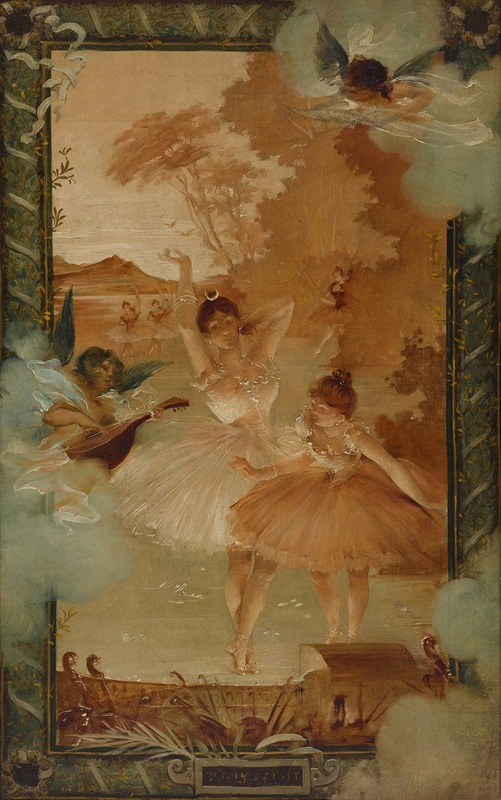
Ballerinas
A hand-painted replica of Jules Chéret’s masterpiece Ballerinas, meticulously crafted by professional artists to capture the true essence of the original. Each piece is created with museum-quality canvas and rare mineral pigments, carefully painted by experienced artists with delicate brushstrokes and rich, layered colors to perfectly recreate the texture of the original artwork. Unlike machine-printed reproductions, this hand-painted version brings the painting to life, infused with the artist’s emotions and skill in every stroke. Whether for personal collection or home decoration, it instantly elevates the artistic atmosphere of any space.
Jules Chéret (1836–1932) was a French painter and lithographer often referred to as the "father of the modern poster." He is best known for his vibrant and colorful advertising posters that helped define the Belle Époque era in France. Among his many works, Ballerinas is a notable example of his artistic style, though specific historical details about this particular piece are limited.
Chéret's work often depicted lively and dynamic scenes, frequently featuring women in elegant or theatrical poses. His art was characterized by its use of bright colors, fluid lines, and a sense of movement, which were achieved through his mastery of lithographic techniques. In Ballerinas, Chéret captures the grace and energy of dancers, a subject that aligns with his broader interest in portraying entertainment and leisure activities of the time.
The painting reflects Chéret's ability to blend fine art with commercial art, as he often drew inspiration from the world of theater, dance, and music halls. His depictions of ballerinas and performers were not only aesthetically pleasing but also celebrated the cultural vibrancy of late 19th-century Paris. Chéret's work played a significant role in elevating the status of posters from mere advertisements to a respected art form.
While Ballerinas is less documented compared to some of Chéret's more famous posters, it remains an example of his skill in capturing the elegance and vitality of his subjects. The piece exemplifies his contribution to the development of modern graphic design and his influence on the Art Nouveau movement.
Further detailed information about the creation, exhibition history, or specific context of Ballerinas is not readily available.





